Community Projects, Surf cultureLong Live The Bu
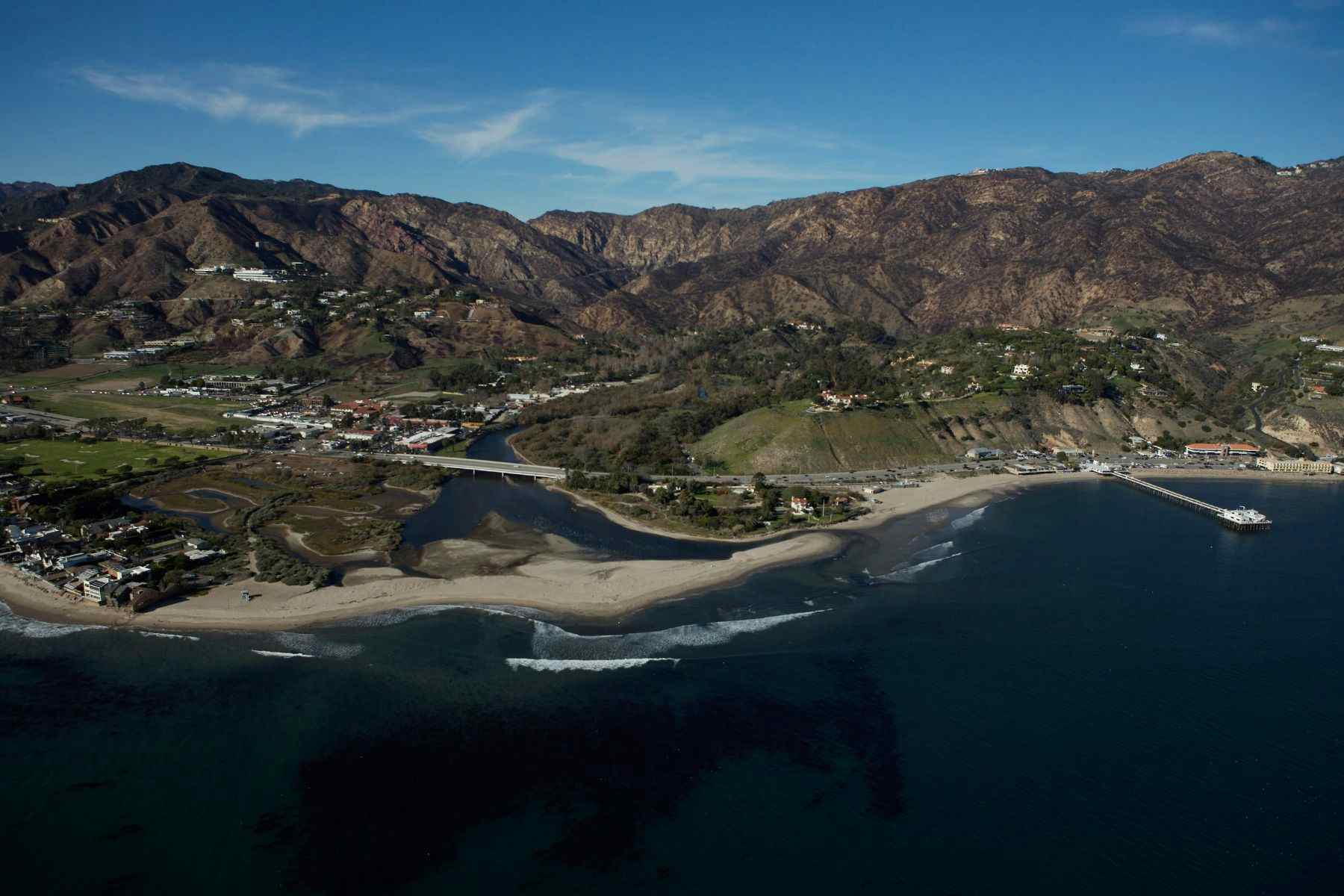
Sea of Clouds & The Malibu Historic District
Back in 2018, Malibu was listed in the National Register of Historic Places for its historic and cultural importance as a surfing area. The outcome of the first effort by non-profit organisation, Sea of Clouds, this designation represents a major milestone both in coastal conservation and the acknowledgement and preservation of surf heritage, as it added another layer of analysis and consideration to coastal project planning. Up until then, the Californian Coastal Act of 1976 only promoted the protection of access to surf spots as relevant recreational resources – not the surf break itself based on its social, cultural, and economic values. Now, the Malibu Historic District status has rendered the ‘Bu the first site-specific listing of its kind in continental United States, whilst also making the area eligible for further protections based on historical significance.
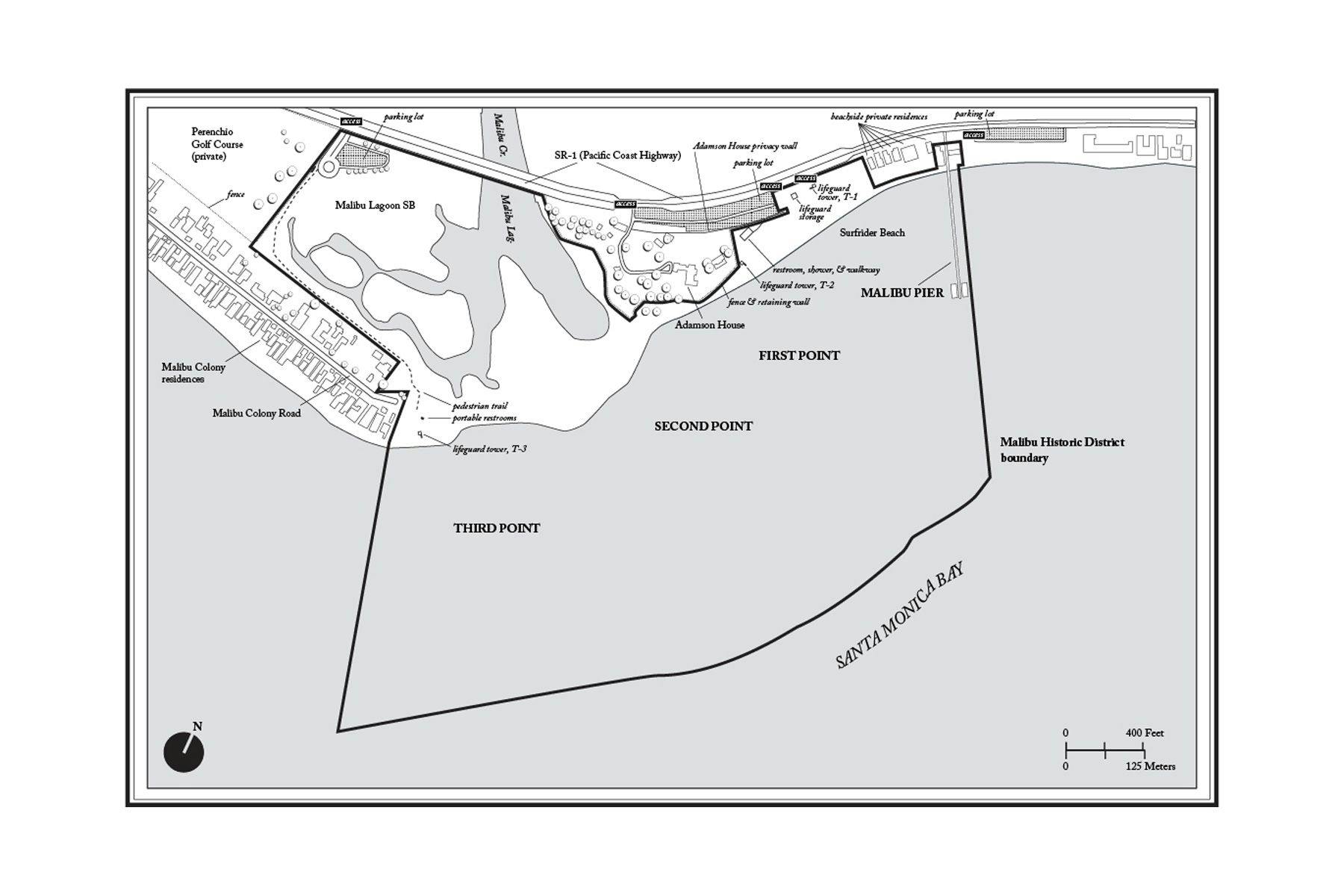
Earlier this year, an article published on the Coastal Management journal outlined the methods employed in the application process for the National Register of Historic Places, expounding on the effectiveness of such designation as a legitimate conservation approach to surf breaks.
Surf Simply caught up with Michael Blum, one of the authors of the paper and the Executive Director of Sea of Clouds, to find out more about what happened behind the scenes of the research, the ongoing enhancement of Malibu’s protection, and the importance of caring for one’s home break.
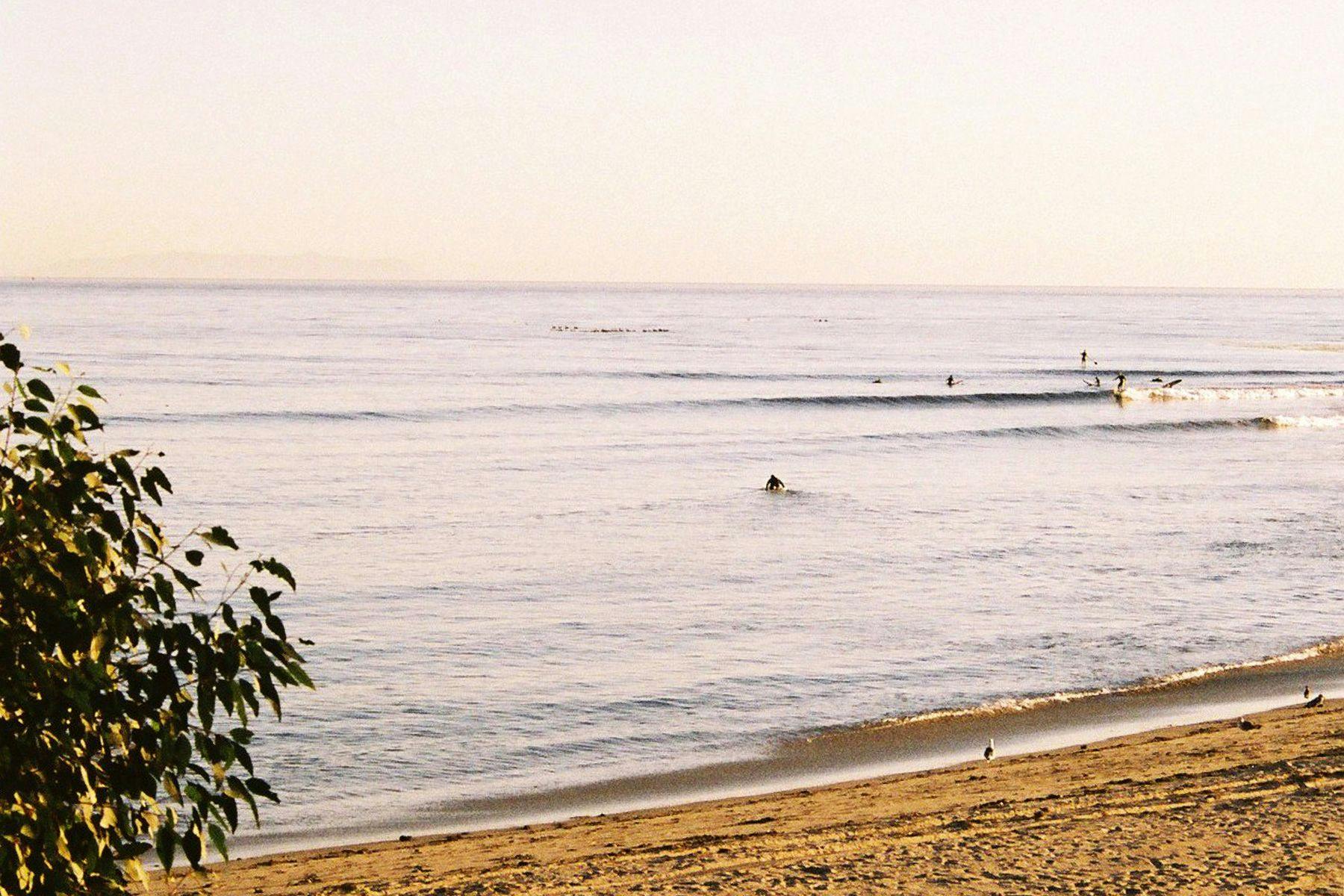
How did your Malibu Historic District project start?
Our project to secure protections at Malibu has two starting points. First, and the more conceptual, was work I did with Mike Orbach, my Nicholas School (Duke University) adviser and co-author. Our work pointed toward several existing state and federal policies, as levers that could be pulled, to protect California surf breaks and surfing areas. Following up on this, I later pulled on the National Register of Historic Places—America’s signature historic preservation policy—to create the Malibu Historic District. Second, and more inspirational, were two landscape-type National Register nominations; open spaces important as both community gathering spots and sites of exceptional recreational value. One was an unsuccessful nomination of Trestles/San Onofre which followed a similar review process as the Malibu Historic District. The other, climber Tom Frost listed Yosemite National Park’s famed Camp 4 campground on the National Register. The listing described Yosemite’s important climbing history and, with other activism, helped scuttle a planned employee housing development which required eliminating the campground.
What does it mean to protect surf breaks?
To protect a surf break or surfing area confronts three questions. First: “Could we?” To us, protection means securing binding commitments which protect (1) access, (2) the immediate place(s) where surfing occurs and its surroundings, and (3) larger-scale areas which influence a surf break’s quality. Though not the only route to surf break protection, our work emphasizes protections based upon specific cultural, historical, or recreational attributes that make a place unique. Second: “How would we?” There aren’t that many different kinds of tools groups have used to actively protect surf breaks worldwide. There’s been new legislation, the purchase of headlands or other property near surf breaks and, like at Malibu, applying existing policy toward a surf break or surfing area. One additional tool that hasn’t been used yet are the ongoing coastal planning efforts, probably regional or statewide efforts, which could consider sites like surf breaks. This short list doesn’t include a number of indirect ways surf breaks are already protected, such as existing within marine sanctuaries or adjacent to sensitive habitats. Honorific designations or designation programs bring attention or act as a community rallying point for future efforts, but don’t secure protections. Third: “Should we?” is last in this list but most important. We think communities, whether local municipalities or communities of surfers, best understand the significance of their surf breaks, the commitments and trade-offs that come with protection, and the pathways which can secure protection. The Malibu Historic District may be a model for other surf breaks, but it’s likely that it won’t be for many others.
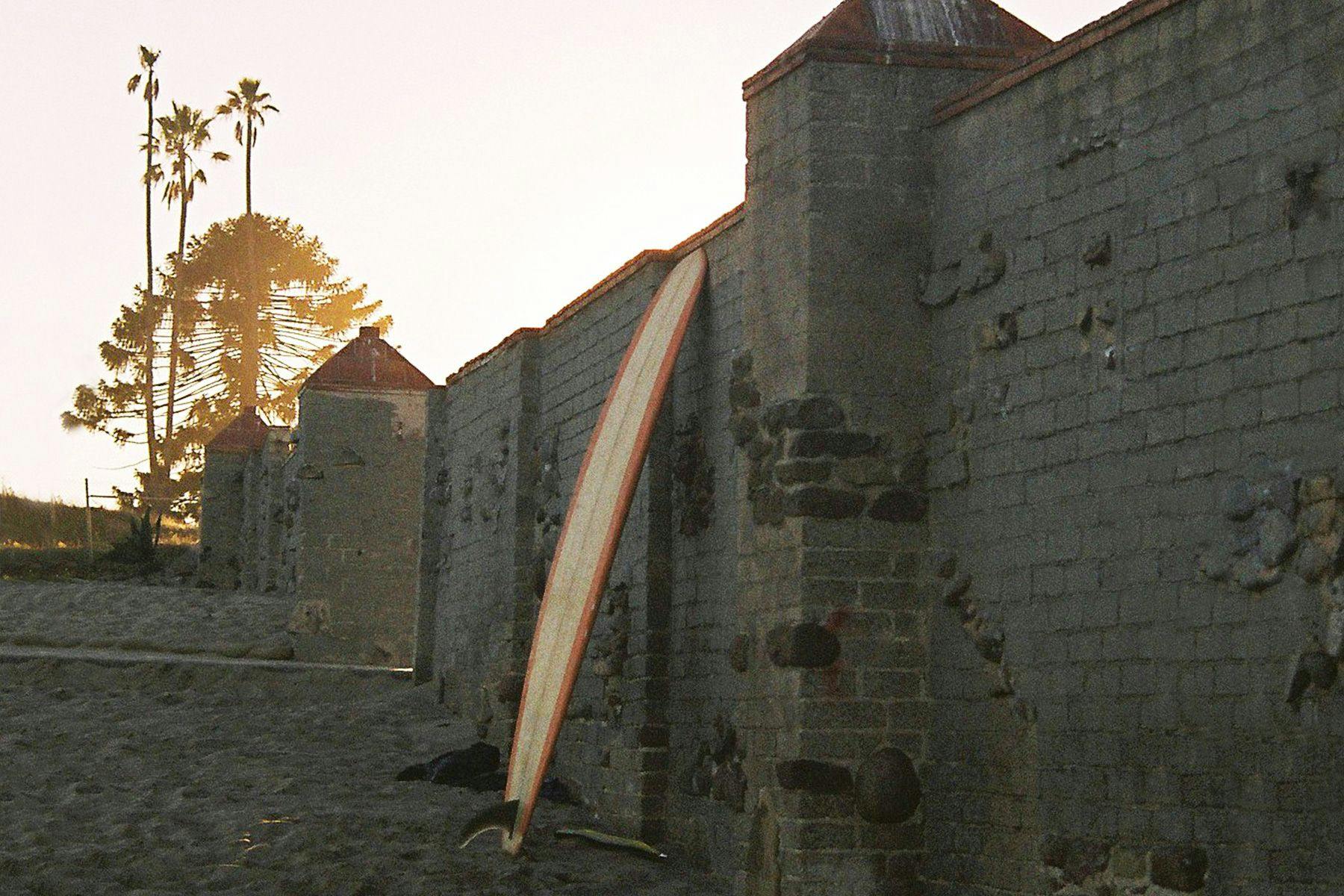
Concerning the 2018 Malibu Historic District project – what were some of the main challenges faced?
The Malibu Historic District is the first National Register listing centred on surfing history. The greatest challenge was that it was all theoretical until it wasn’t. We relied on precedent and experience where we had it—for instance, the National Register program is over 50 years old with over 95,000 listings. We also acknowledged the uncertainty in the undertaking, whether when engaging potential supporters or answering questions of Malibu surfers and friends.
On the other hand, were there any unexpected discoveries and/or particular interactions that benefited the project?
The Malibu Historic District nomination received over 550 endorsements from elected officials, local governments, agencies, civil society, and individuals. While support like this isn’t required for a public property nomination, it demonstrates community interest and alignment. Also, and there’s no way around it, it’s a lot to prepare and document a nomination (not a bad thing, though). A group of professionals and agency staff we leaned on could have easily pulled the ladder up behind them, keeping their work exclusive, exclusionary, and elite. What happened was the opposite: at every turn they patiently, expertly, and fairly guided us through the nomination process and the questions it asks.
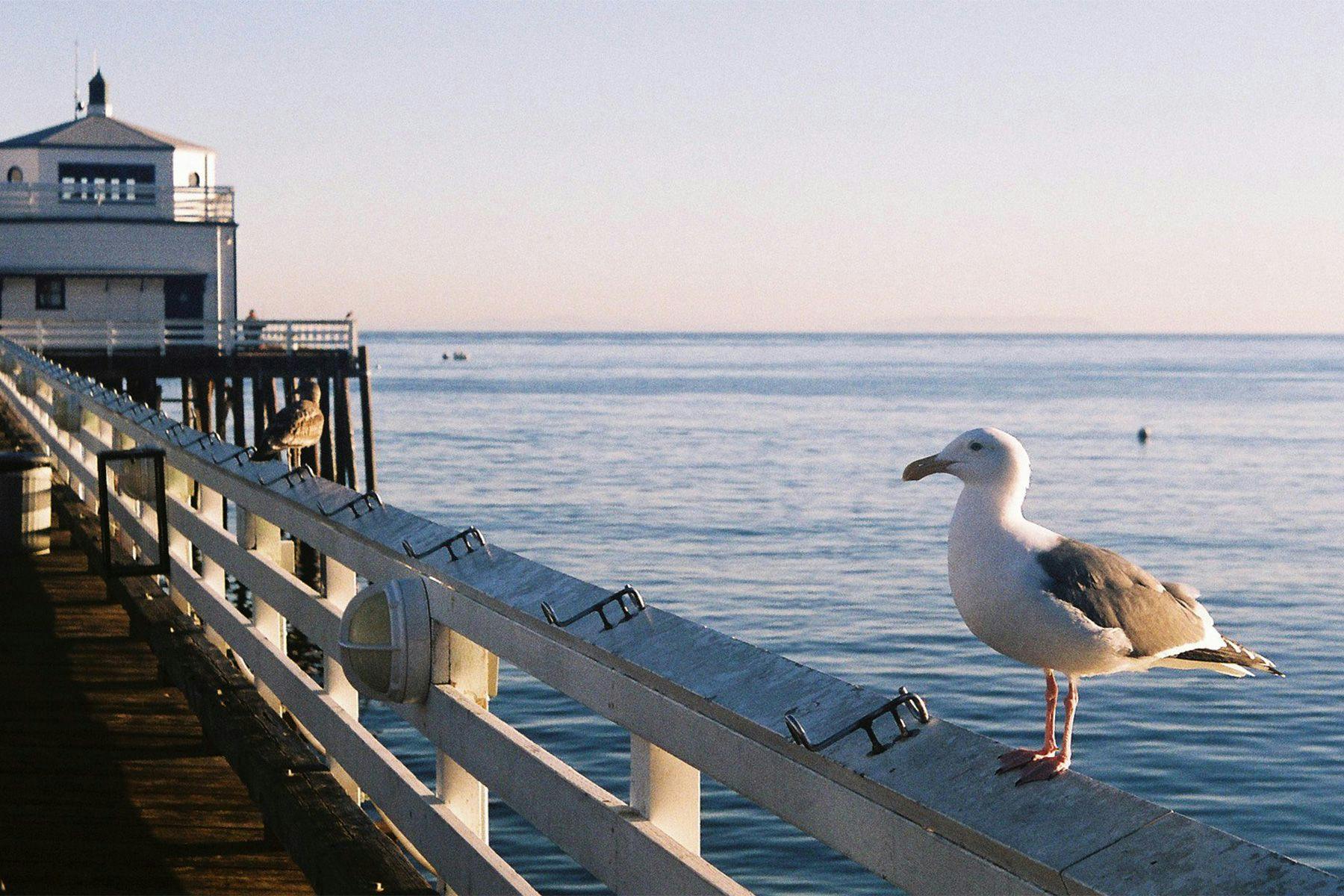
Last year, you initiated a second stage of the Malibu project to add 118 acres of sea into the State Marine Recreational Management Area. How would this status differ from the Malibu Historic District listing? And how is Sea of Clouds approaching this project differently?
The protections secured through the Malibu Historic District listing are surfing- and site-specific. They are also incomplete. They do not directly consider access and larger land- and ocean-based areas the Malibu surf breaks depend upon. They also are limited to proposed projects and cannot address existing impairments or hazards. We think this is how surf break protection in California and elsewhere in the United States may unfold: comprehensive protection is realized through assembling incomplete, but complimentary, protections. The proposed State Marine Recreational Management Area (SMRMA) is the next set of incomplete protections at Malibu. If designated an SMRMA, state coastal planning would consider Malibu surfing in governing decisions such as: ocean-use permitting, climate change response, and coastal erosion.
Have you a next step in mind for the Malibu project? Is there a sort of “ultimate conservation goal”?
We are excited to serve the Malibu community as the National Register listing takes root there. We are also excited about opportunities to illuminate and celebrate not just surfers, but other communities with ties to Malibu. The Malibu Historic District area and its surroundings is a rarity: a layered landscape with three different periods of California history separately recognized in the National Register —Native American settlement, the California Rancho period, and now post-War leisure and recreation. Peoples’ connections to a place inspires our practice; building room within the larger coastal and marine conservation program to protect important cultural landscapes and seascapes. Such sites, whether coastal archaeological sites, shipwrecks, or surf breaks, are places of history, culture, commerce, contestation, and recreation. At Malibu and elsewhere, protecting important coastal places connecting nature and culture can build a coastal identity that better represents conservation priorities and commitments.

Based on your experience so far – and considering that different countries have different legislations – what tips would you give to anyone interested in establishing similar conservation initiatives around their local surf break/culture?
If you’ve read this far, maybe you’re already thinking about protecting your surf break! People you know are likely thinking about it, too. Do the work to find them and have a conversation…at the beach, in the water, within local organizations (e.g., historical society, preservation conservancy, coastal conservation, Chamber of Commerce, homeowner association), and with elected officials. All of which is a way to say that a community commitment to protecting their surf breaks is a reasonable—and valuable—place to start. Please ask us questions, too. We’re excited to hear from you.
Nowadays, surfing is often used as a channel to promote environmental conservation – but rarely is it the main purpose behind the conservation effort. How do you see mechanisms focused on surf break protection expanding/improving in the future?
Threats to surf breaks are both spread out (e.g., plastic pollution, warming oceans) and local (e.g., planned development, restricted access). The very “spread out-ness” of some threats does not reduce their potential impact but can increase the difficulty communicating how those impacts affect specific surf breaks. Activism which responds to these threats is vital, even if not hyper-local. This is the ongoing work to enjoy a clean environment—not surf break protection. Protecting surf breaks is a new, different coastal conservation activity and arrives at a time of rapidly changing coastlines and intensifying human pressures. In this complicated, nascent stage it’s uncertain which protection efforts or improvements will be efficient and effective. We have our ideas, but we’re not yet placing bets.
***
The author would like to thank Michael Blum for his assistance in the article. Follow Sea of Clouds on Instagram for updates on their latest projects.